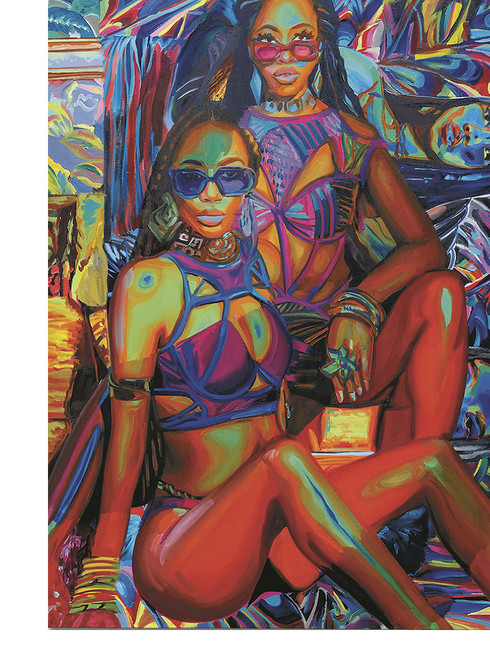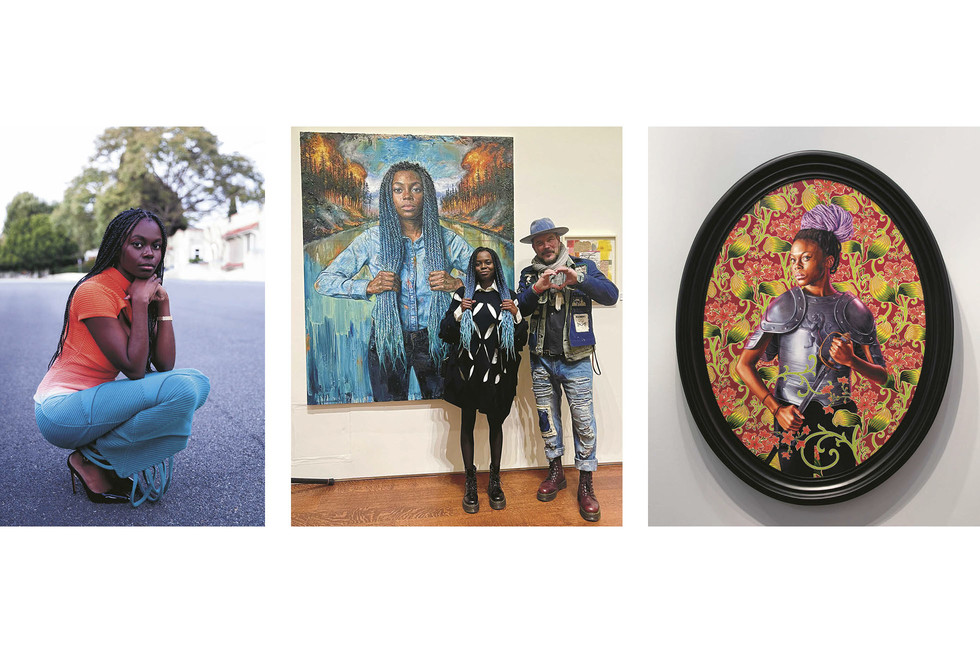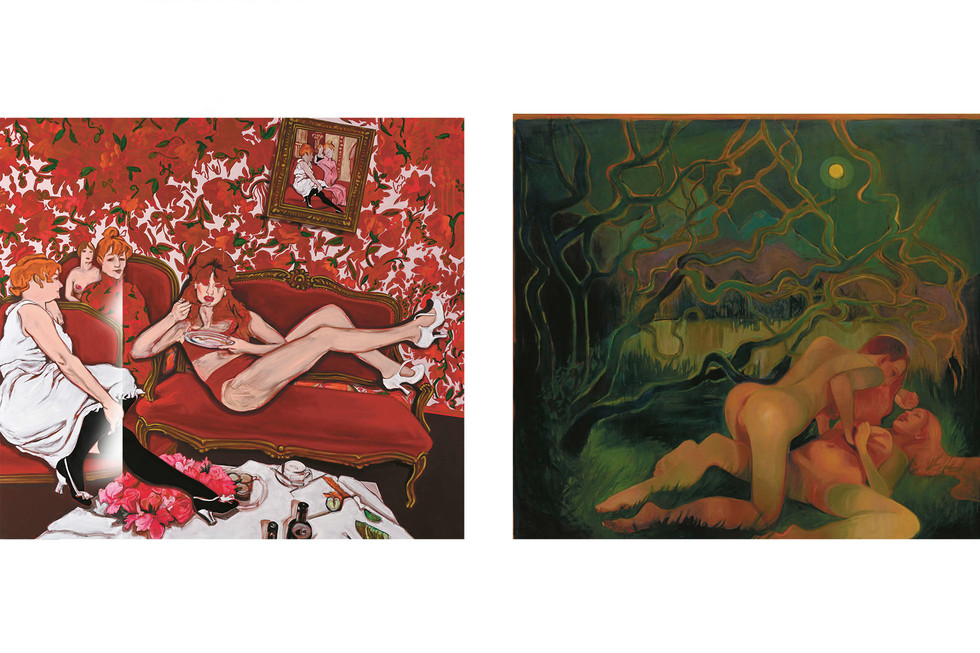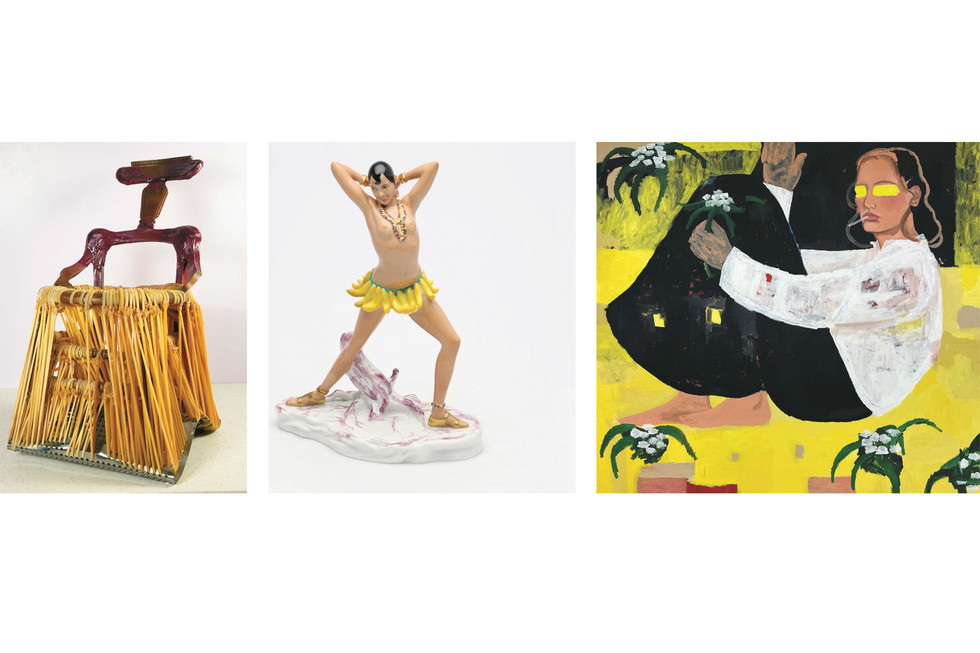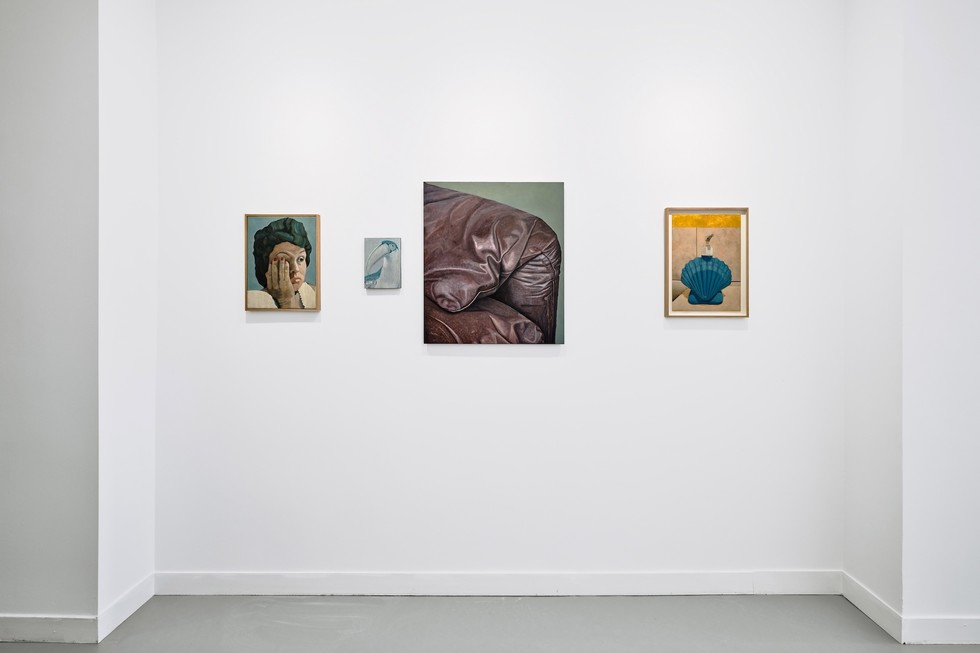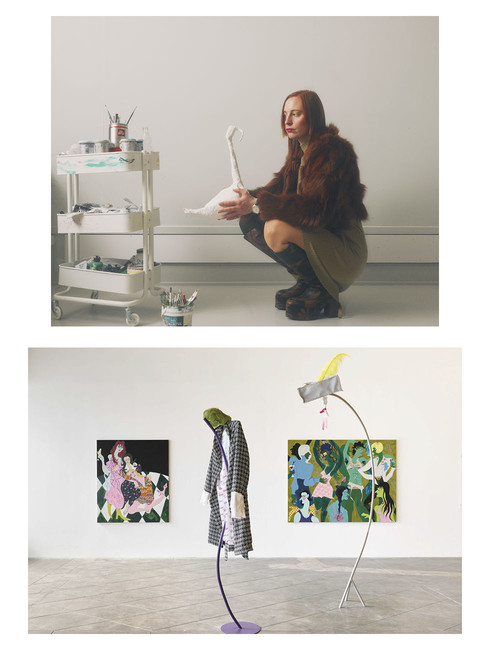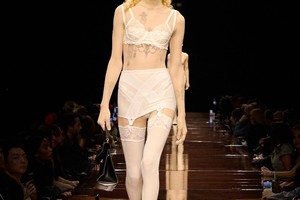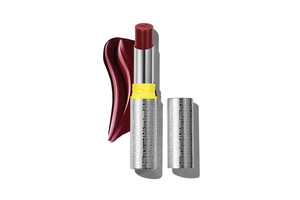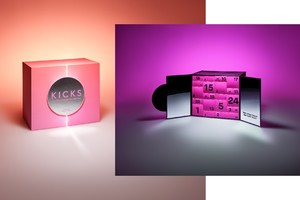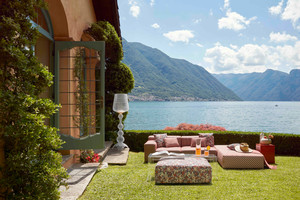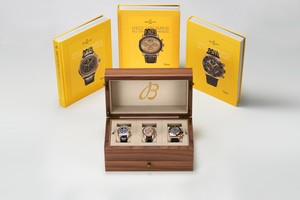STRIKE THE ROOT, In Conversation with Destinee Ross-Sutton x Unapologetic Womxn
Written by Fashion TalesDestinee Ross-Sutton rose to prominence in the Black art scene during the 2020/21 season, thanks to her remarkable curation of three groundbreaking exhibitions. Her first exhibition, ‘Black Voices/Black Microcosm,’ was held in Stockholm in partnership with CFHILL. It was the only physical exhibition that opened during the global Covid pandemic and closed just 13 days before George Floyd’s senseless killing, which sparked the worldwide BLM movement. The second exhibition, titled ‘Black Voices: Friend of My Mind,’ was held in New York, marking her inaugural gallery show in the city. Finally, she curated the ‘Say it Loud’ series at Christie’s New York, which further solidified her position as a leading voice in Black art. All at a pivotal moment when interest in art from the African diaspora truly commenced, these visionary exhibitions not only contributed to but also came to help redefine the artistic canon and inspired othersnto expand the art world’s commitment to artists of colour. Since then, living between New York and Stockholm, Ross-Sutton has continued to curate and advise independently.
Known to be an artist’s advocate, a tastemaker, someone who discovers new talent and gives particularly young and underrepresented artists of colour and/or female artists a chance by either exhibiting their work for the first time or by giving them their international debuts. She is an activist in the art world who fights for artists’ rights. Since 2021, she has been implementing resale restrictions in her sale agreements. This has become more of a norm as artists have put pressure on their galleries to implement it, particularly when the gallery fails to recognize its importance in providing for an orderly resale market for the artist’s works of art. Ross-Sutton internationally debuted Khari Turner during the 59th Venice Biennale, co-curated the exhi- bition ‘4000+ Years of African Art’ at the Wall House Museum on St. Barths, and is the muse of several heavy hitters in the genre such as Kehinde Wiley, Derrick Adams, Amoako Boafo, and Tim Okamura, who were inspired by Destinee the individual, the woman and her dedication and work in the arts, trying to make a difference.
Like Wiley, whose artist residency, Black Rock Senegal, welcomes artists to Dakar, Ross-Sutton is planning to develop an artist retreat on her property in South Africa. Hoping to open in 2025, the retreat will continue her mission to “allow artists to truly be themselves so that others may see them more clearly in the work.” It will be an extension of her foundation Black Artist Collective which helps promote and support young and emerging African, LGTBQ+ artists, and female artists. Her latest exhibition ‘Unapologetic WomXn: The Dream is the Truth’ presents thirty-three artists investigating female sexuality through their own eyes. The exhibition, her second to take place concurrently with the Venice Biennale, is hosted by the European Cultural Center and will be on view at Palazzo Bembo from April 20 to November 24, 2024. We caught up with 28-year-old Ross-Sutton during FRIEZE LA. Apart from visiting the fair, she advises several private institutions, international collectors, and organisations on acquisitions of particularly but not exclusively contemporary African and African American art. During our conversation, I under- stood that artists are central to Ross-Sutton, and it is rare to meet someone willing to place the artist first.
“I am pretty much the complete opposite of, I don’t know, 95% of the individuals at these art fairs,” Ross-Sutton says laughingly. She wears colourful braids and describes herself as a young pansexual Black woman. “I was 23 when I closed my first six-figure deal at Art Basel Miami. It was incredible to place a Yinka Shonibare sculpture and a Deborah Roberts collage with a foundation” she tells me about how she started in the art world. Born in 1995 in Harlem, New York like the young Black girl in another one of Roberts’ works, “This American Life”—Ross-Sutton explains that growing up in Harlem in the 90s and 2000s was not easy, and she was marked by the violence on the streets and in the news. In 2016 she quit her journalism studies, disillusioned by the sensationalist media of then and today. Pursuing an art career, she felt, would give her a better chance to impact people’s minds. She was determined to curate exhibitions with a message to better society as it turns out this has sometimes come to centre her own experiences, and finding them mirrored in the artists whose work she exhibits. When we talk about the shoot for Odalisque, she tells me she doesn’t feel comfortable in front of the camera. “The photographer Jheyda McGarrell is a friend and he helped me relax we had a lot of fun with it” she continues. Ross-Sutton is a person with gravitas. She is opinionated, and measured, not over the top and decidedly modest. A web search yields event photos of her looking sharply clad in designer outfits and a feature in Vogue that touted her for bringing a “fresh fashion perspective to the art world” referencing one of her exhibitions where she asked artists to consider fashion. On her relationship with fashion, Ross-Sutton, however, says she is a novice. Fittingly focusing on fashion’s more expressionistic and transformative qualities: “I like exploring life, my sexuality, my femininity through fashion. It is a bit of a costume, or a ‘performance’ in a way. The shoot was like learning how to walk in heels.” For this year’s exhibition in Venice, the thirty-three female artists on view break away from traditionally male-dominated societies that impose an idea of what a woman should be. Instead, they focus on communicating how women navigate the world, on their terms. The idea for the exhibition dates back to 2021 when Ross-Sutton and her husband, a German art consultant, started thinking about the need to curate an exhibition on the female gaze. Amidst it all, life threw some major curveballs at her—her father underwent major surgery to fight cancer, her husband was in a medical facility, and her family lost a close family friend to senseless violence. She became depressed, some days unable to get out of bed. When she was diagnosed with inattentive Attention Deficit Disorder (ADD) she was able to identify a source for some of her procrastination and anxiety and saw a way out. Family, a handful of friends, and her faith helped her through, and curating the show on women became more prescient to create a community and space to reflect. “The experience of being a woman is multifaceted; many X-factors determine what one’s experience as a woman will look like. From family and society, economic and socioeconomic factors, racial background, skin tone, zip codes, the beauty standards of one’s culture or the culture of the country you live in, politics, and laws that affect your womxnhood. Rarely imposed by you, but the burden is yours to bear,” she explains.
Last summer she, together with her husband, moved to Sweden to a quiet house by the water. From their new base in Europe, she returns to New York every other month, for work and to spend time with her family. “Being a Black girl in Harlem or a woman in New York was familiar and still is. Living in Brooklyn with my husband and then moving to Stockholm gave me a different experience of being a woman,” she says, clarifying that the experience of being a woman is ever-changing and often circumstantial. “In the same way, it is a different experience being in the aisles of an art fair like Art Basel as one of the few people of colour during the VIP pre- view. It is slowly changing, but it is still very much an older white male-dominated business in this art world. In my professional life, I am not only a woman, but I am also young and people expect that to count against me.”
The show’s atmosphere was set by two of Ross-Sutton’s recent acquisitions, including Vanessa Raw’s “Nothing to Lose” which was exhibited at Frieze London. Raw’s work, characterized by liberation and freedom, was displayed at Carl Freedman and impressed many visitors - “it literally stopped my husband in his tracks, he knew I would love them, I can see myself in her work, the lush and soft world she creates.”. Vanessa German’s sculpture “Flight” also caught the attention of the audience. The sculpture pays tribute to Althea Gibson, a trailblazing tennis player who became the first African American woman to win a Grand Slam in 1956. Gibson’s victory at Wimbledon and the US Nationals (predecessor to the US Open) in 1957 and 1958, made her a legend. The sculpture also brings to mind the achievements of 21st-century tennis superstars, Venus and Serena Williams. An incorporated twist of hair represents a legacy of strength, ferocity, and precarity in Black womanhood.
But also seeing Tracey Emin’s “HOW THE FUCK DO YOU THINK I AM” (at Paris+). All the female artists she approached were enthusiastic about the exhibition, but to her surprise, some galleries, even female-run ones, were not interested in the exhibition. “It is always a toss-up which galleries are open to collaboration and those who pass. ”As written in the press release- “Women are and can be many things, daughters, mothers, sisters, CEOs, entrepreneurs, workers, caregivers, caretakers, providers, innovators, lovers, wives, queer, lesbian, bisexual, Christian, Muslim, atheists, Hindus, Sikhs, Catholics, Jewish, politicians, world leaders, women are loved, objectified, respected, disrespected, stoned, killed, admired, trafficked, worshipped, enslaved, oppressed, abused, used, celebrated, monetized, mourned, can be Caucasian, Black, Asian, Aboriginal, Hispanic, biracial, even multiracial, can be children, teens, adults, young or old, tall, short, skinny, obese, malnourished, healthy or not, refugees, free to travel or not, allowed to get an education or not, choose their partner or not, decide how to dress or not, their lives, gender and sexual expression, bodies and reproductive rights decided for them or not. But are women free to just ‘be’?”
Spotlighting the theatricality of gender and the development of female identity, former milliner Ryan Wilde created sculptures “Precious Purple Bunny” and “Bunny Boobs” with felt and wooden mould-making, expanding on her craft. Traversing the history of slavery utilising cartoon aesthetics, Brittany Tucker misrepresents the white body to address the relationship between American blackness & whiteness with “Companion.” The painting “Ivy and Friends” by Stella Kapezanou is a lush depiction of Ivy Getty, a contemporary American heiress, against the backdrop of a Toulouse Lautrec painting. Making the work a clever commentary on privilege, some will recognise the wallpaper from the restroom at the exclusive members-club Annabel’s in London. Lydia Nobels’ sculpture “Temperance” addresses the issues and challenges of abortion access in the US, especially after the reversal of “Roe v Wade.” “I had curated a solo exhibition with Lydia in NY in time for the 2022 November elections. Each work represents a chair in the waiting room of an abortion clinic, telling the individual personal story of a woman and her struggles to get legal access to an abortion,“ says Ross-Sutton.
“Artists reflect the times we live in, otherwise, is it not simply decoration? Are women only decorations,objects? Art should make you feel—it can provoke a sense of peace or shake you, asking you to con- your ideas,” Ross-Sutton says, which she succeeds within ‘Unapologetic WomXn: The Dream is the Truth.’”
Other artists in the show are Stacey Gillian Abe, Isa Andersson, Pyaar Azaadi formerly known as Jaishri Abichandani, Rita Mawuena Benissan, Alison Blickle, Gill Button, Bhasha Chakrabarti, Dorothea Charol, Caitlin Cherry, Renee Cox, Ariel Dannielle, Lunita-July Dorn, Maria Fragoso, Monica Kim Garza, Reihaneh Hosseini, Lyne Lapointe, Amani Lewis, Turiya Magadlela, Emily Manwaring, Kristina Matousch, Rune Mields, Sungi Mlengeya, Zanele Muholi, Paris Reid, Deborah Roberts, Sevina Tzánou, and Nadia K Waheed. “They are aged 25 to 89, emerging to established, from Greece, Germany, Uganda, Ukraine, South Africa, Sweden, India, Iran, USA, etc. Some works were specifically made for this exhibition, others were lent, including from our personal collection.”
As we move further into the world of ‘me, then you,’ Ross-Sutton holds a quiet intensity and a dedication to curating meaningful exhibitions while supporting both emerging and established artists in reaching the next stage of their careers.


